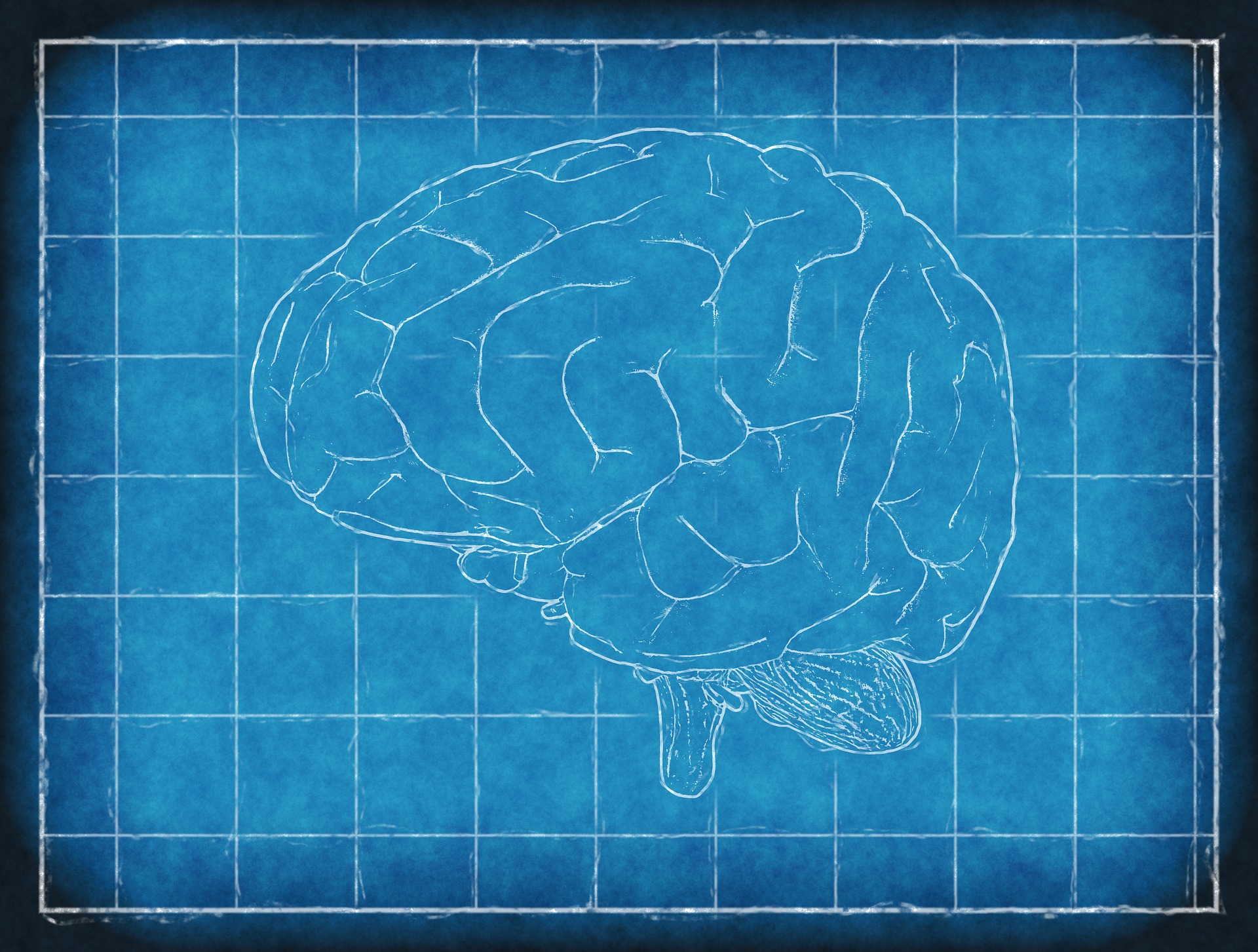The man laughed as he told the story of waking up with a loaded shotgun on top of him. The barrel was in his mouth.
He’d passed out that way, during another night of ego annihilation, by alcohol.
“If I’d twitched the wrong way,” he said with a shrug, as all of us at the 12-Step meeting laughed.
Yes, we laughed. Attend enough 12-Step meetings and you’ll hear hair-raising tales of how the sweetest people you’ve ever met were, when the drugs or drink was in them, deranged devils.
It’s reasonable to ask: How did they end up there? How did they get so far from life and community?
I once asked this question to a senior police officer, who continues to study criminology at a post-graduate level.
“Trauma,” he said.
All of us have heard this word, trauma, being tossed around more and more in recent years. It began with the emerging diagnosis of post traumatic stress disorder. PTSD is typically ascribed to the horrors witnessed by soldiers on the battlefield or first-responders called to gruesome crime scenes or accidents.
Yet the term trauma has grown in the mental health lexicon as the science on trauma evolves. Trauma is as real as a broken arm. It can be traced to emotional wounding in childhood, or to a violent incident like sexual assault or a car crash in adulthood.
The terminology and the study is broadening, with everyone from police services to social workers being taught to be “trauma-informed”.
It was only in the late 90s that researchers found a link between childhood trauma and health outcomes later in life. They came to be known as Adverse Childhood Experiences or Events. ACEs involve such things as experiencing or witnessing violence, losing a caregiver to the prison system, or significant parental neglect. This study validated that the more ACEs an individual has before they turn 18, the greater their risk for cancer, heart disease, substance use and suicide, to name a few.
One of the most compelling uses of the term trauma in recent years came with the Truth and Reconciliation Commission and our greater understanding of modern Indigenous history. It is a sad fact that descendants of residential school survivors suffer trauma as a result of family dynamics, corrupted by the tyranny of residential school practices. Research on intergenerational trauma has shown that we can actually pass trauma through our DNA.
It is no wonder, then, that Indigenous people are overrepresented in our homeless populations and criminal justice system. History repeats itself and our society continues to traumatize certain groups of people on a mass scale.
Esteemed local researcher, Dr. Peter Silverstone, just released research done by a University of Alberta team, demonstrating that psychological trauma changes the brain permanently. For the first time ever, these changes can be seen in physical scans of the parts of the brain responsible for emotional responses.
What his and other research reveals is that a traumatized brain robs people of the mood regulation that provides us with grace under pressure or joy in small things. It robs people of the chance at a happy life.
Middle class people suffering trauma can access medical and psychological support, physical trainers, nutritionists, yoga instructors or meditation classes and support groups. Such things can make remarkable differences.
Others do not have that privilege. On top of this lack of access, seemingly endless poverty or unemployment further impacts the brain in its mood and behaviour regulation.
Underlying trauma explains much of today’s silent epidemic of anxiety disorders and depression. It also explains another epidemic, of self medication and then addiction to drugs and alcohol.
The flipside of trauma is resilience, the ability to adapt well to difficult situations. Even though we now know that trauma can change the brain and even our DNA, the brain can also heal.
Yet we are not born with resilience and it cannot be formed in isolation. Resilience is developed through social connection and support. When people are met with acceptance and compassion, and treated with dignity and respect, that’s when the healing begins.
This, I believe, is the secret to 12-Step. People who keep going to meetings begin to form relationships and join a community of active, back-and-forth support, without judgement.
But 12-Step is for many a giant step. Some in our homeless community have been treated as pariahs for most of their lives. They deserve first-stage treatment that doesn’t involve immediate abstinence.
Harm reduction is controversial. It is also a way to keep people alive long enough — away from the barrel of a shotgun, if you will — to begin a journey of recovery.
Their recovery is also ours. Trauma is like a plague on the civic body. It infects our sense of security, overruns our police, overruns our criminal justice and health care systems. It increases our taxes.
There is a cure, I believe, to all these side effects of traumatized minds.
Open minds.
By Scott McKeen, City Councillor Ward 6
